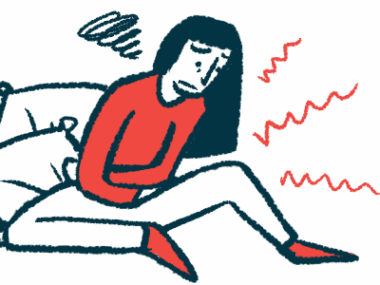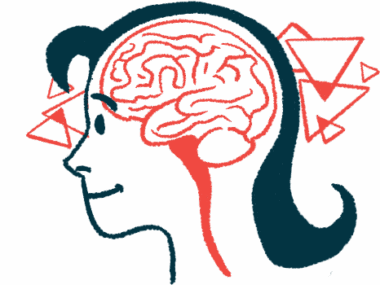hCG diet triggers symptoms of AIP, leading to diagnosis in woman, 34
This low-calorie diet involves injections of the pregnancy hormone hCG
Written by |

The so-called hCG diet for weight loss, which combines a low-calorie diet with injections of the pregnancy hormone human chorionic gonadotropin (hCG), aggravated acute intermittent porphyria (AIP) in a 34-year-old woman, according to a recent case study.
This diet involves receiving hCG, a naturally produced pregnancy hormone that’s approved as a fertility treatment, while severely restricting calorie intake. The U.S. Food and Drug Administration has warned against the hCG diet for weight loss due to its lack of efficacy and potential harm.
The case study, “Human Chorionic Gonadotropin (hCG) Injections Exacerbating Acute Intermittent Porphyria in a 34-Year-Old Woman,” was published in Cureus.
AIP is the most common form of acute porphyria. It’s caused by mutations in the HMBS gene, which lead to a deficiency in an enzyme involved in the production of heme, a molecule that’s required for oxygen transport in the body. Without this enzyme, heme precursors called porphyrins build up in tissues and organs, causing damage.
Like other types of acute porphyria, AIP symptoms include pain in the abdomen, as well as other parts of the body, sometimes accompanied by tingling, numbness, or weakness.
In the report, researchers in the U.S. described the case of a 34-year-old woman with AIP whose symptoms were triggered by the hCG diet.
hCG normally produced by placenta during pregnancy
Often known as the pregnancy hormone, hCG is normally produced by the placenta during pregnancy and its presence is commonly tested to confirm pregnancy. It’s also an approved treatment to increase the chances of pregnancy in women and help the production of testosterone and sperm in men.
The previously healthy woman of Asian descent sought medical treatment for abdominal pain, severe pain in the chest and arm, as well as a sudden increase in heart rate. Initial tests were normal, including red blood cell counts, an electrocardiogram to assess heart function, and images of her chest, abdomen, pelvis, and spine.
The patient began to experience more body pain, severe fatigue, shortness of breath, and numbness in her hands and feet with tingling sensations. Additional blood tests revealed she had low levels of sodium and potassium.
She stated she had been on the hCG diet for weight loss, which involved receiving daily hCG injections and severely restricting calorie intake to 500 per day. Her diet was ketogenic, meaning it consisted of a very low amount of carbohydrates and high levels of fat.
Based on these findings, she was initially diagnosed with “keto flu,” a group of symptoms that can emerge soon after starting such a diet and can include headache, cognitive problems, fatigue, irritability, nausea, difficulty sleeping, and constipation. Further genetic and lab tests were recommended.
Urine tests revealed significantly high levels of porphyrins, supporting a potential diagnosis of porphyria. In particular, elevated levels of a porphyrin called aminolevulinic acid (ALA) indicated the presence of acute porphyria attacks.
Genetic testing confirmed AIP diagnosis
Genetic testing also revealed the presence of an HMBS gene mutation, confirming the diagnosis of AIP.
Although she received Panhematin (hemin), a standard AIP treatment, her symptoms didn’t ease. At this point, she complained about brown urine and irritated skin after sun exposure. She was then given Givlaari (givosiran), an approved therapy designed to reduce ALA levels.
After being advised to discontinue hCG injections and follow a low-calorie diet, her urinary ALA and porphyrin levels gradually decreased to the normal range, and her condition improved.
“It was determined that the patient developed AIP due to exacerbating factors, such as receiving hCG injections for weight loss,” the researchers wrote. “Diagnosis of acute porphyria should be followed by an investigation of the patient’s family members to identify any affected, often asymptomatic, relatives. This allows for advising them to avoid drugs and other factors known to trigger potentially fatal acute attacks.”







